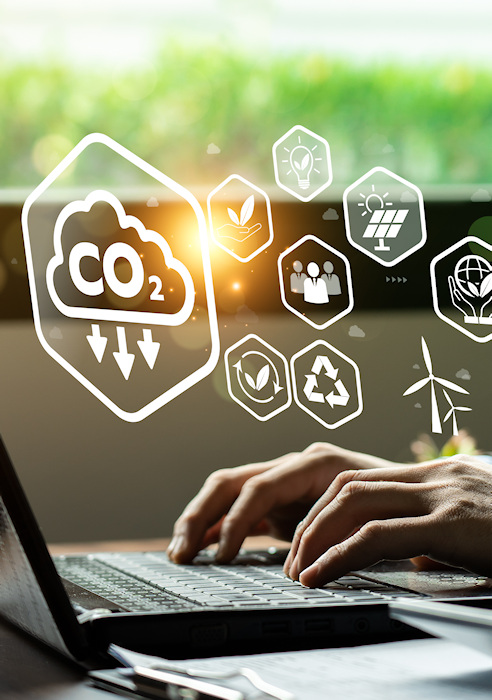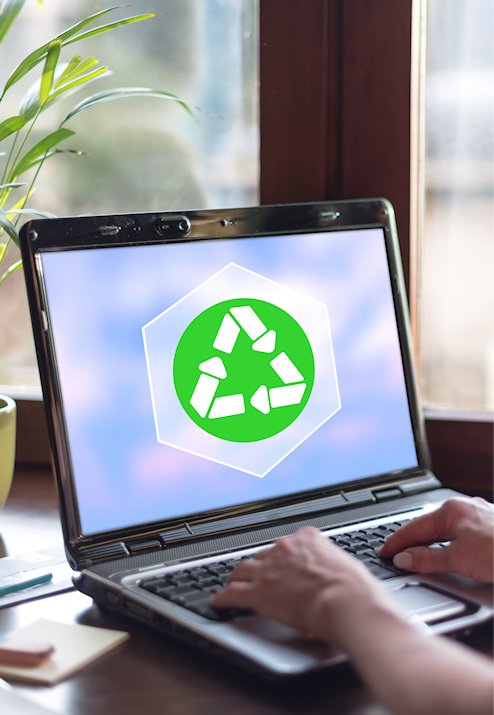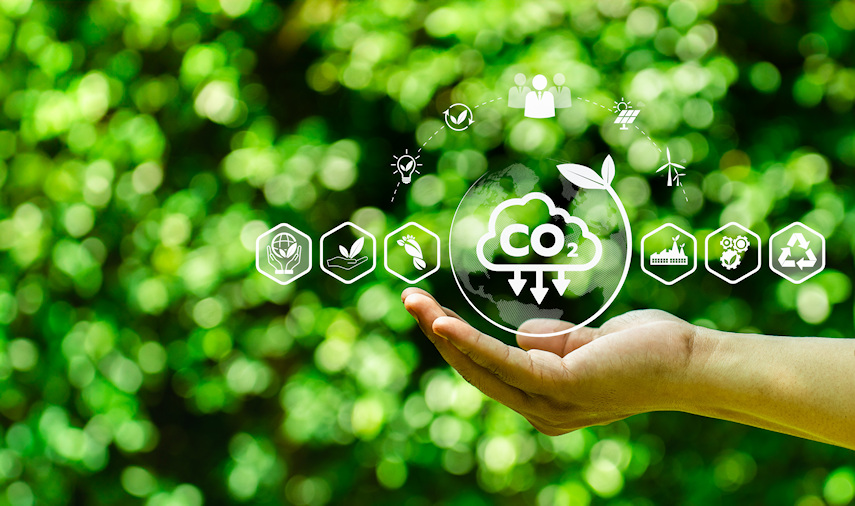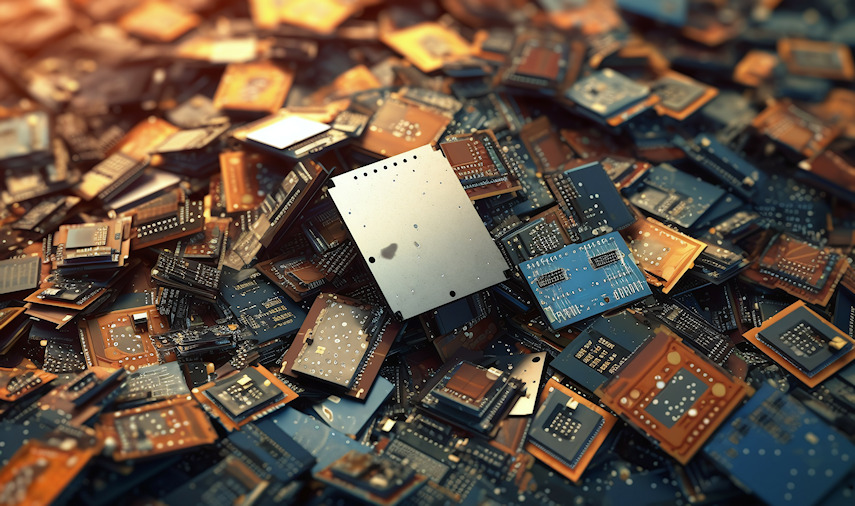Eco-design
Designing an eco-friendly product requires the commitment of all design teams, but also the commitment of customers and suppliers to make efforts and make decision to reduce the environmental impact of the entire product life cycle.
Eco-design methodology takes into account the various stages of a product’s life and evaluates its environmental impact.
You need to think about the eco-design of your product from the initial design stage by thinking about the product’s upstream manufacturing phase (management and manufacturing of parts and materials), its use in the life phase, and its downstream end-of-life phase.
Life cycle assessment
Designing an Eco-friendly product is part of a more global methodology called Life Cycle Assessment (LCA).
This assessment looks at all product life cycle stages, from its genesis to the end of its life (extraction and processing of raw materials, manufacture, transport, use, end of life). It identifies the impacts of the product initially thought or designed, gives Eco-design tracks to follow. A comparative analysis is then done to validate the final design choices and ensure their relevance. The environmental impact criteria of a life cycle assessment are multiple. We are talking about toxicity, water consumption, resource depletion, energy consumption, the release of CO2 or greenhouse gas …
A critical analysis of the results must be carried out by a third party in order to validate all the assumptions considered.
ISO 14006 provides guidelines for the management of Eco-design services.


Eco-design recommendations when producing the product
The first axis of Eco-design is the manufacturing of the product and associated means of production, as well as the analysis of the supply chain. It is necessary to:
- Eliminate unnecessary functions and simplify Eco-design by limiting the use of components.
- Simplify assemblies.
- Eliminate materials that are not recyclable or have a high environmental impact.
- Avoid pollutions of raw materials to facilitate recycling (for example: avoid bonding).
- Design sustainable packaging and facilitate sorting: use of recycled and recyclable cartons and recyclable PE foams (Eco-friendly packaging), reduced volume of packaging used, optimization of pallet and container filling, dematerialized instructions on the web by reading QR code.
- Ensure compliance of each component and raw material with REACH and RoHS standards for Europe, FCC for the USA and local legislation (California State Proposal 65).
- Ensure transportation of materials and components is reduced.
Eco-design recommendations for the product use phase
The second phase of Eco-design concerns the product lifetime and its usage:
- Make the product as energy efficient as possible: optimized sleep management, reduced standby power, operating mode optimization, screen brightness adjustment, adaptation to the light environment, etc.
- Make the product more robust and consistent with use to increase its lifespan. Qualification on this point is very important to validate its durability.
- Make the product repairable (avoid gluing, ease opening, limit the cost of a subset and manage spare parts).
- Perform remote updates (Over The Air or OTA).


Eco-design recommendations for the end-of-life phase
The third phase of thinking on Eco-design is the end of the product’s life:
- Think about refurbishing the product to produce less.
- Design the product with reprocessing and identifiable materials (recycling plastic and mark plastic parts with the appropriate material code), easily separable (avoid gluing, overmoulding of different materials) and sortable.
- Recycle electronics, batteries and put them in a recycling loop.
Got a project ?
TXCube brings the experience on the best way to meet your challenges. So, don’t wait and

